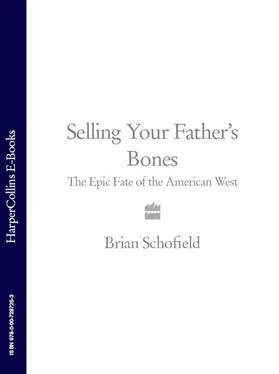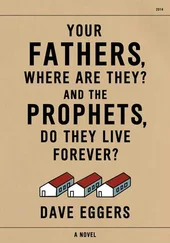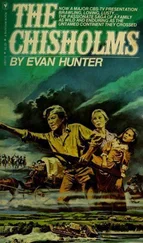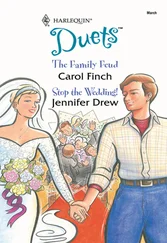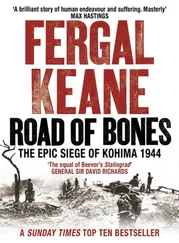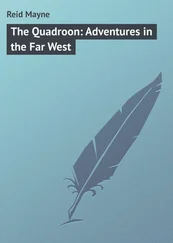Coyote flew into the monster’s mouth, and began walking through its body, past the bones of fallen friends, asking the living for directions to the fiend’s heart. From the shadows, Bear rushed at him, but Coyote shouted, ‘So! You’re only aggressive to me?’ and kicked him on the nose. Then, as he went deeper, Rattlesnake bristled at him: ‘So you are only vicious to me?’ said Coyote, stamping on the snake’s head, flattening it for good.
When he reached the heart, he started a fire with his flint, and smoke began to pour from all the monster’s orifices. ‘Coyote, let me cast you out!’ begged the agonized monster, but the tricky Coyote reminded the fiend that he’d just swallowed a pillar of the local community, with serious responsibilities, who couldn’t be seen to be covered in vomit or phlegm: ‘Oh yes, and let it be said that he who was cast out is officiating in the distribution of salmon!’
‘Well, then leave through my nose.’
‘And will they not say the same?’
‘My ears?’
‘Ha! “Here is earwax officiating in the distribution of food!”’
‘By the back door?’
‘Not a chance.’
By now the monster was writhing in pain. Coyote began to cut away at his heart, breaking first one stone knife on the flesh, then another, then three, four, five. Finally he leapt on the heart and tore it away with his bare hands, killing the beast. In its death throes, the monster opened all its orifices, and everyone ran out, kicking the bones of their dead neighbours ahead of them. The muskrat, unwisely, chose to use the rear exit, and it closed tight on his tail, stripping it of hair forever.
Once everyone was out, Coyote sprinkled the blood of the monster on the bones of the dead, bringing them back to life, then he began to carve up the monster’s flesh, spreading it across the distant lands, towards the sunrise and sunset, the warmth and cold. And wherever the flesh came to rest, there arose the destiny of a people -the Coeur d’Alêne to the north, Cayuse to the west, Crow to the east, the Pend d’Oreille, Salish, Blackfoot, Sioux, until people were destined to cover the wide lands, and nothing more remained of the monster.
Then Coyote’s oldest friend, Fox, pointed out the beautiful, bountiful land where they were standing, and said: ‘But you have given nothing to this place!’
‘Why did you not tell me earlier?’ snorted Coyote. ‘Bring me some water.’
He washed his hands, and sprinkled the bloody water around where he was standing, sealing the destined arrival of one last people: ‘You may be small, because I neglected you, but you will be powerful. Now, only a short time away, will be the coming of the human race.’

It seems we’ll never know the precise moment when man first reached North America. The most mainstream pre-historical consensus, though, is that the first arrivals poured over the Bering land bridge from northern Asia around 13,000 years ago, chasing the mammoths, mastodons and giant bison to extinction as they went.
The local archaeological evidence, of arrowheads, rock art and cooked animal bones, points to the earliest population of the Columbia Plateau, the inland mountain and forest watershed of the great Pacific-bound river, as dating back at least 11–12,000 years. As tribal memory tells it, one of the earliest names for the first people of the plateau was Cupnitpelu, The Emerging or Walking Out People. One story recalls that the animals met to discuss the impending arrival of man; those that decided to help him, such as the salmon and the buffalo, stayed, but those that chose not to help, such as the woolly mammoth and short-nosed bear, left for good.
Once in situ, the Columbia Plateau’s residents certainly played their part in what was probably the most remarkable cultural explosion in human history, as the North American continent began to throw up a wildly diverse wave of new civilizations, each forged by the demands of their surroundings and rendered unique by this capacious land. From the proto-socialism of the Pueblos to the senatorial politics of the New York Iroquois, from the conspicuous, slave-based wealth of some Pacific coast communities to the eternal fires of the Mississippian temple-mound faith, the range, fluidity and distinctiveness of these cultures would fill several lifetimes’ study. It’s estimated that more than six hundred distinct and autonomous societies were in place in Canada and North America by the fifteenth century, speaking a range of at least 250 mutually unintelligible tongues, subdivided many times by dialect.
In the eastern Columbia plateau, in the land surrounding the Snake River, one language group formed around the Sahaptin dialect — and at the centre of the linguistic region lay a loose community of families and bands, dominating the area where the wide Snake, Salmon and Clearwater rivers converge. They came to call themselves Nimiipuu — meaning We, The People.
The Nimiipuu way of life was never trapped in aspic, but was, rather, in constant development and amendment; nevertheless, a snapshot of that lifestyle in the centuries prior to the first approaches of the white man can illuminate a vital, enviable culture. Seminomadic, the Nimiipuu moved about their varied homeland in a seasonal round trip, each village band — only loosely connected to one another, in a friendship recognized as neither tribal nor national — moving to their favoured camping spot to perform each task in the annual natural cycle. There were as many as seventy of these village groups scattered across the homeland, very rarely reaching three hundred members and often much smaller, each with a recognized home base and other seasonal outposts. A leader controlled each band, but with very conditional authority — individual freedom was highly valued and the right to do your own thing was well protected.

Nimiipuu petroglyphs on the banks of the Snake River, thought to be 9–11,000 years old.
That annual natural cycle, essential for the survival of a hunter-gatherer culture, was revered in ceremony and song, providing the basis for all endeavour. With the first melt of spring it was time to head to the alpine meadows and harvest the freshly exposed edible root plants; as June approached the salmon spawn beckoned, and fishing platforms and trapping weirs, known as wallowas, needed building at the most bountiful rapids along the homeland’s rivers; in the height of summer the camas, a kind of wild garlic, bulged beneath lush, wide-open prairies, and the Nimiipuu gathered on the grasslands for weeks of socializing and harvesting; in fall the deer and elk were at their most active and the hunters would disappear into the high country for days in pursuit, while closer to home the serviceberries and huckleberries needed picking and drying. But the long, fierce winter was perhaps the most remarkable season; having dried and stored food in preparation, the Nimiipuu would gather at the base of the lowest, mildest valleys in extended A-framed matting lodges, known as longhouses (sometimes over thirty metres long) to see the snows out together, the families sleeping along the edge of the lodge, with fires burning in the middle. It was a time to make and repair clothes and tools, teach children crafts, and for the elders to tell the young people stories — stories of an earlier time, when people and animals conversed, when the lessons and rules of inhabiting the earth were learned, and the mischievous, capricious Coyote ruled the roost.
Читать дальше
